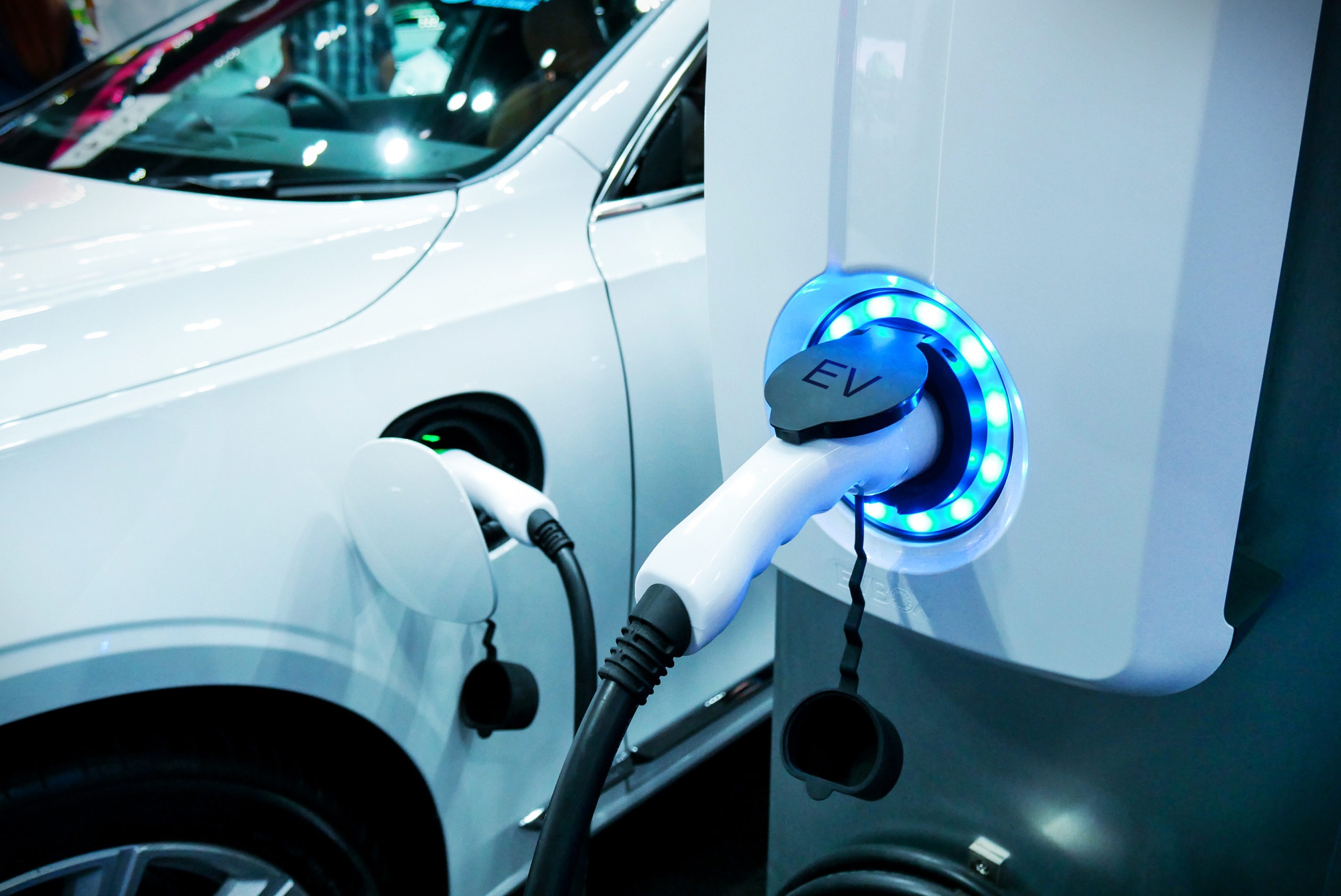- September 25, 2019
- 0 Comments
- In Miscellaneous
- By
Last week, I read a blog post from Connecticut Fund for the Environment President Curt Johnson, and he reaffirmed what I already expected: my next car will likely be an electric vehicle (EV). I currently drive a Toyota Prius hybrid, but when I bought it in 2013, the price to purchase and to operate an EV did not work out, so I chose the Prius, which has very reliably achieved 50 mpg over the last six years.
As an engineer who admittedly knows nothing about cars, I feel like the information out there on EVs is either slightly biased (i.e., published by EV manufacturers) or not transparent enough with the math to convince me. So I set out to create a blog post that was unbiased and transparent. I liked this one from Tom Murphy, an associate professor of physics at the University of California, San Diego, so hopefully I’m making it a bit more user-friendly and applicable to your current/local situation.
I just wanted to know two simple things (and admit to ignoring a long list of other factors that influence the type of car most people will choose to drive):
Number 1: At what gas price is an EV cheaper to drive per mile?
Number 2: While EV tailpipe emissions are zero, is my local electric grid clean enough that it’s a good idea, right NOW? I know my next car will be electric, I just don’t know WHEN the grid will be clean enough that it’s better for the environment for me to switch.
When I began writing this article, I had no idea what the answers would be.
1. What Costs More Per Mile to Drive? Gas or Electric?
The math is straightforward. Let’s assume the car you drive achieves 50 mpg and you drive it 10,000 miles per year.
10,000 miles/50 miles per gallon = 200 gallons of gas. Multiply by local gas price (let’s say, $2.50 here in CT) and your annual cost to drive is $500. (Yes, this completely ignores the purchase and maintenance costs. This calculator does a better job of that and this Cars.com article has more info too.)
Electric cars aren’t rated in MPG and I don’t like the MPGe ratings I have seen, and like Mr. Murphy, I prefer the kWh/100-mile approach.
Quite a few EVs are reported to get 100 miles of range for ~27 kWh of electricity, and we’ll round that up to 30 kWh to account for ~10% charge inefficiency. For comparison, 30 kWh is the same amount of electricity needed to power thirty 100 Watt incandescent light bulbs for 10 hours (not that you still have any of those). For the sake of this article, we’ll assume the average driver will get that range from their EV for that charge.
10,000 miles/100 miles per 30 kWh = 3,000 kWh. Multiply by local electricity price (let’s say, $0.15) and your annual cost to drive an EV is $450 ($50 less per year than my Prius).
So, depending on your current car’s mpg, local gas and electricity prices, the math for an EV could work out for you. The table below, based on your current mpg from the far left column and your average electric rate in the top row, shows you the highest gas price you should pay before a typical EV will save you money. For example, in CT, once gas went above $2.25/gallon, I was spending more on gas in my 50 mpg hybrid than if I drove an EV and paid $0.15/kWh to charge it. For my CT colleagues driving a newer model Prius, and getting 70 mpg, an EV won’t save them money until gas goes above $3.15/gallon. With current average gas prices at about $2.50, most of us will save money by switching, so I highlighted in green all the scenarios where if you are paying $2.50/gallon, an EV will save you money, and red where it won’t.
If you want the table in an equation form so you can further tailor it to your situation:
Max Gas Price per Gallon = ([$/kWh] x [mpg] x [kWh to drive 100 miles])/100
For Example: Max Gas Price = $2.25 = ([$0.15/kWh] x [50 mpg] x [30 kWh to drive 100 miles])/100
How can you calculate the average price for electricity ($/kWh) from your local utility?
The simplest way is to take your last electric bill and subtract out the monthly service charge. (Mine is called “Distribution Basic Service” and it is $12.84 per month, irrespective of how much electricity I buy.) Divide what is left by the kWh you bought that month (155 kWh in my example). This is an approximation and can change month to month. If you have different rates for On and Off peak, you could just sum the off-peak charges, assuming you will charge your car at night. My bill is below, and is roughly $0.148 per kWh, off-peak. While I do have solar panels, I use all that electricity on my household electricity, and don’t have enough leftover to charge a car for “free” overnight. I estimate here in CT, I’d need about 2.5 kW of solar, about 10 classic rooftop PV panels, to make enough electricity (3,000 kWh/yr) to charge an EV and get 10,000 miles per year.
2. Is My Local Electric Grid Clean Enough?
So, for me personally, here in CT, it costs me less to charge and drive an electric car than to buy gas for my 50 mpg hybrid. Also, it seems like I might be at the right price point for buying an EV, if local rebates and tax credits reduce the purchase price to within that of a gas hybrid, as indicated by Mr. Johnson.
But, is driving an EV really saving the planet, if I shift my tailpipe emissions to a local power plant? Luckily, according to the EPA, in my region and most others, the answer is YES!
The average pounds of CO2 produced per gallon of gas burned is ~20 (I did not do the math for diesel engines and bio-diesels). So, again, assuming the same 10,000 miles per year driven in the examples above, the 2nd column in the table below shows how many pounds of carbon dioxide (CO2) are produced annually by the gas engines (lbs of CO2 is a common metric for greenhouse gas emissions, even though there are other GHGs, such as sulfur dioxide and nitrogen oxide).
For a hybrid getting 70 mpg, 2,857 lbs of CO2 are produced annually to drive 10,000 miles. This goes up to 13,333 lbs for a truck or SUV getting just 15 mpg.
For comparison, in the table below, I report average emissions for EVs travelling the same 10,000 miles, for a few eGrid regions. I show one state in each region for context and sorted them from lowest to highest, from left to right, with the national average in the middle. I used green to show where gas engines, even hybrids, are emitting more CO2 than the average emissions from power plants in that region providing the electricity to charge an EV to drive the same distance.
In CT, my hybrid is producing 4,000 lbs of CO2, whereas the average emissions to generate and distribute the electricity an EV needs (in CT) is only 1,520 lbs of CO2. (Since some of these regions are really large, if you want to get state specific values like I did, go to page four of this report and multiply the CO2 numbers in the 2nd column by 3.05.)
Even the regions with the worst average emission rates for electricity (Long Island, Wisconsin) are producing less CO2 to charge your EV as compared to non-hybrid gas engines.
Note: The CO2 emissions from eGrid regions represent averages – so the actual value could be higher or lower, depending on what is generating the electricity when you are charging your car.
While I didn’t touch on issues with batteries, driving range, lack of EV chargers, embodied carbon, and a whole list of other related topics, hopefully the math has shed some light on this subject for you.
If you are ready to go shopping for an EV, check out this website for the federal tax credits and other local incentives that may be available. But don’t wait too long. The Federal Tax Credit phases out once the manufacturer sells 200,000 EVs, and Tesla and GM have already reached that milestone.
Written by Gayathri Vijayakumar, Director, Residential Energy Services





